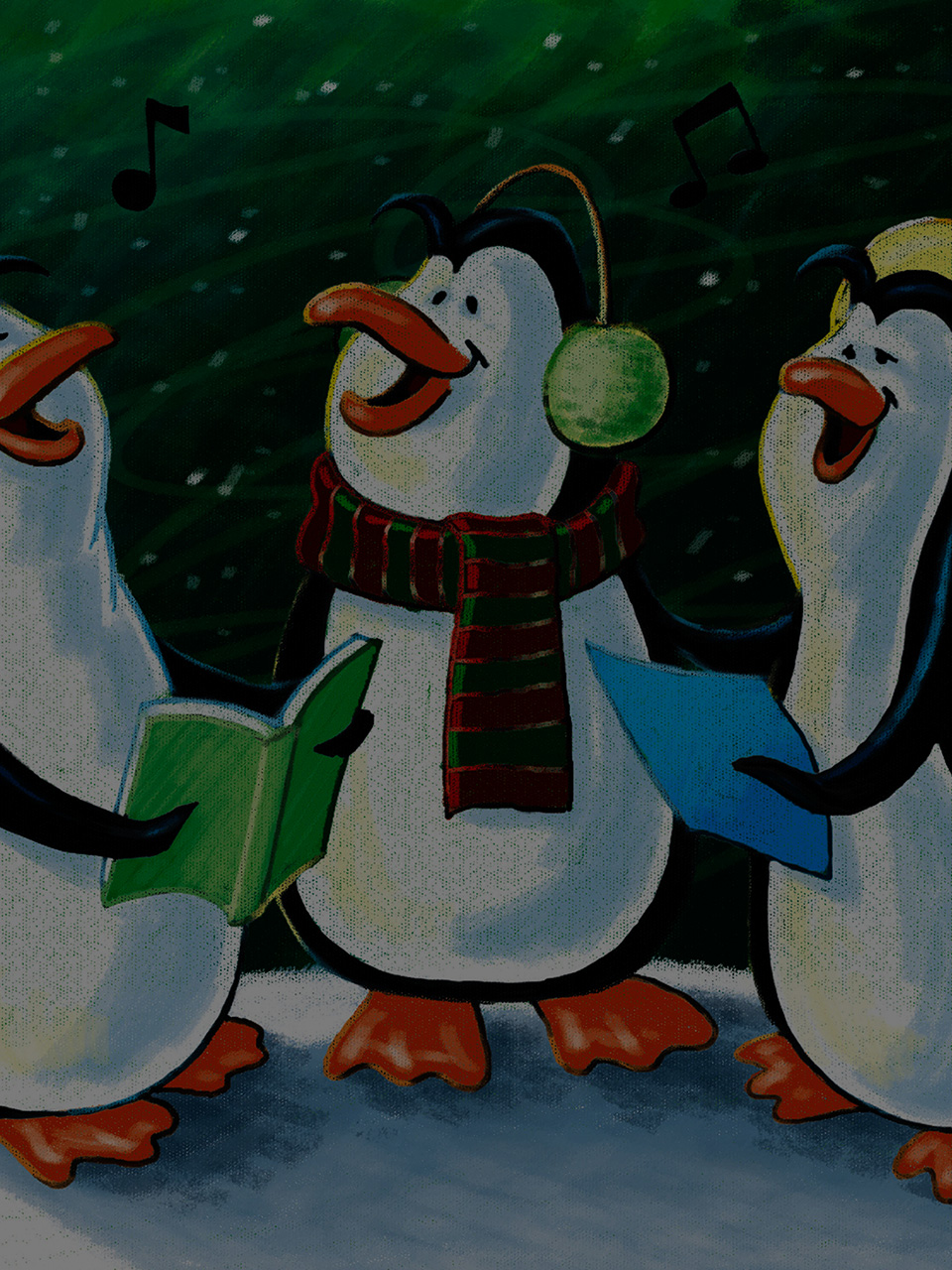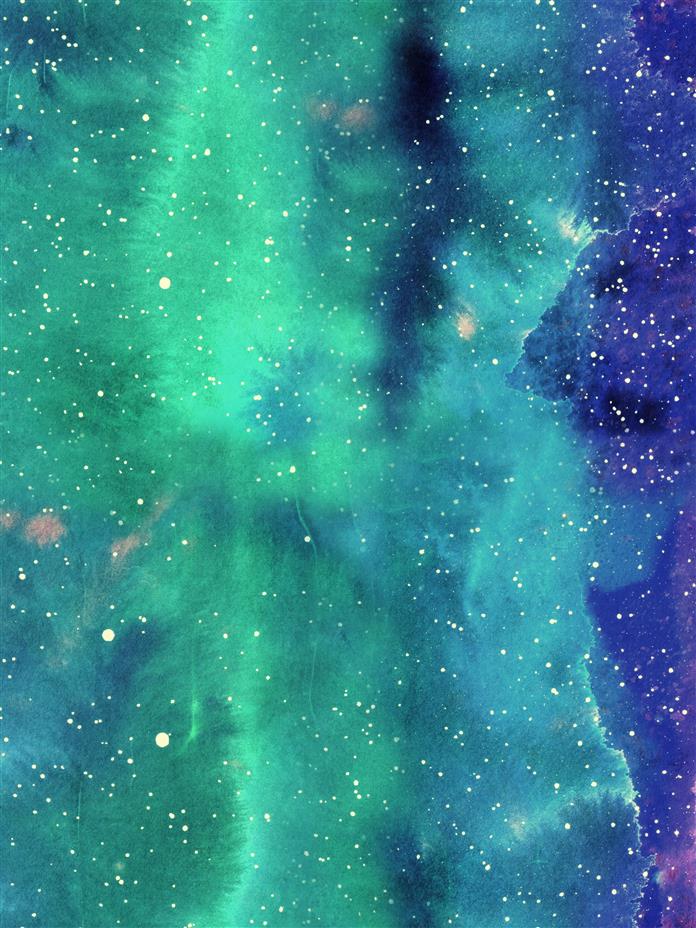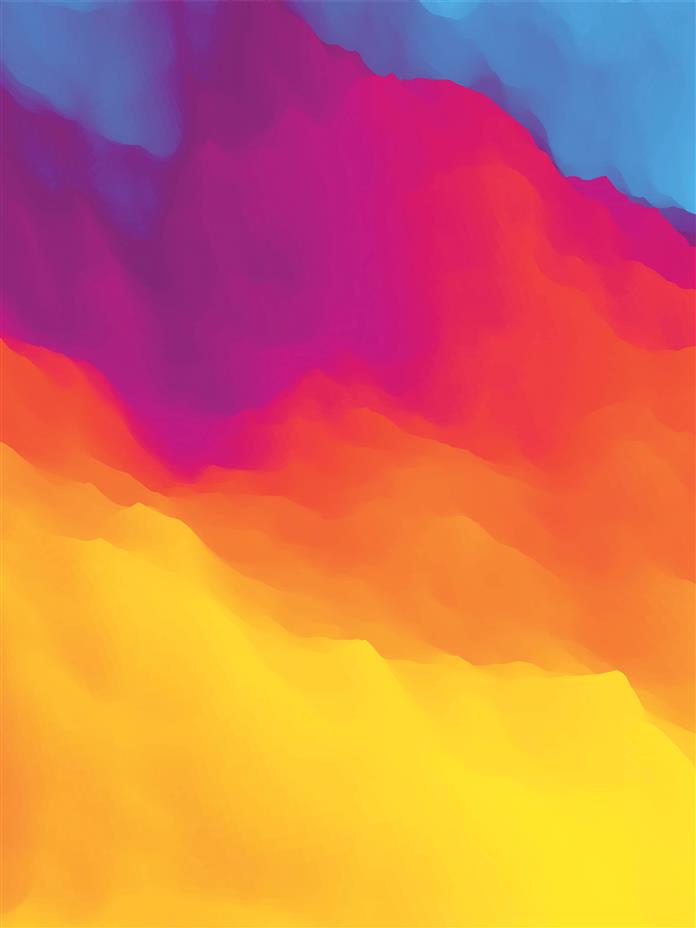
Tap to Read ➤
Difference between Anthropomorphism and Personification
Renuka Savant


The apparent similarities between anthropomorphism and personification lead many to use them interchangeably. However, there exists a thin line separating the two, and this post aims to elucidate it.

What's causing the confusion in the first place?
Strictly speaking, in terms of literary devices, both anthropomorphism and personification are used to assign human characteristics or qualities to non-human entities. This, along with the notion that either can replace the other, does not help in clearing up the confusion in the slightest.

Figures of speech or literary devices are worthy tools in a writer's arsenal. They can be used to enhance, modify, lighten, or brighten any piece of prose or poetry. Truly enough, their appropriate use can enliven and elevate the written word with (what would seem like) very little effort.

Noticed the emphasis on 'appropriate'? We're sure you did. Well, any writer worth his salt knows and understands the emphasis on the prudent application of literary devices. The right way to begin would be by gaining a thorough understanding of the concepts.

Anthropomorphism and personification are two devices that conjure quite the heated debate owing to their overlapping concepts. They indeed are similar to each other, but they're not quite the same; let's get to understand exactly how.

ANTHROPOMORPHISM vs. PERSONIFICATION

Anthropomorphism
► Anthropomorphism in literature is a device used to make animals or objects appear as if they are human. The word itself is derived from the Greek words anthropos (human) and morphe (shape/form).
► It is used to impose tangible or physical qualities to any non-human entity.
► It is used to impose tangible or physical qualities to any non-human entity.

Examples:
- Aslan, the lion created by C. S. Lewis in The Lion, the Witch, and the Wardrobe
- Baloo and Bagheera from The Jungle Book by Rudyard Kipling
- Winnie the Pooh, created by A. A. Milne

Personification
► Personification is a literary device that allows an author to assign certain typically human traits, actions, or feelings to animals, plants, or inanimate objects. It aims to lend human-like characteristics to animals or objects.
► It is used to impose attributes like thoughts or feelings to any non-human entity.
► It is used to impose attributes like thoughts or feelings to any non-human entity.
Examples:
- The sunflowers danced in the summer breeze.
- The bike's tires screeched to a halt.
- Destiny has smiled upon us today.
Famous Examples of Anthropomorphism
Anthropomorphism, as we've just learned, tends to physically humanize a non-human entity; for instance, it enables them to walk on two legs or display certain facial expressions that are otherwise exclusive to humans. They also possess the ability to communicate, display emotions, and apply reasoning abilities to a certain degree.
Over time, it has been excellently used in children's literature with the specific advantage of deftly circumventing the trappings that come with creating actual human characters.
► George Orwell's Animal Farm is replete with anthropomorphic characters, including Comrade Napoleon, Snowball, and Old Major.
► Teenage Mutant Ninja Turtles, a TV series and movie franchise based on 4 turtles.
► Movies Cars and Cars 2 feature anthropomorphized vehicles.
► Teenage Mutant Ninja Turtles, a TV series and movie franchise based on 4 turtles.
► Movies Cars and Cars 2 feature anthropomorphized vehicles.
Famous Examples of Personification
Personification allows the writer to enliven non-human elements by attributing human qualities to them.
Notice how in the following extract, poet William Wordsworth has described the daffodils to be "tossing their heads in sprightly dance", when in reality, only humans can dance; daffodils can only move.
Notice how in the following extract, poet William Wordsworth has described the daffodils to be "tossing their heads in sprightly dance", when in reality, only humans can dance; daffodils can only move.
However, for bringing an element of poetic effect, Wordsworth has personified them, likening their movement to a dance. Unlike what happens in anthropomorphism, these daffodils are still flowers, and have not been given any other human qualities like cognition and reasoning.
► Ten thousand (daffodils) saw I at a glance,
tossing their heads in sprightly dance.
The waves beside them danced; but they
Out-did the sparkling waves in glee
― Daffodils by William Wordsworth
tossing their heads in sprightly dance.
The waves beside them danced; but they
Out-did the sparkling waves in glee
― Daffodils by William Wordsworth
► Arise, fair sun, and kill the envious moon,
Who is already sick and pale with grief
―William Shakespeare, Romeo and Juliet
► Nature abhors a vacuum."
―Aristotle
Who is already sick and pale with grief
―William Shakespeare, Romeo and Juliet
► Nature abhors a vacuum."
―Aristotle
We've tried our best to darken the thin line that separates anthropomorphism from personification. If you've managed to clear your concepts, we'd consider this a job well done.